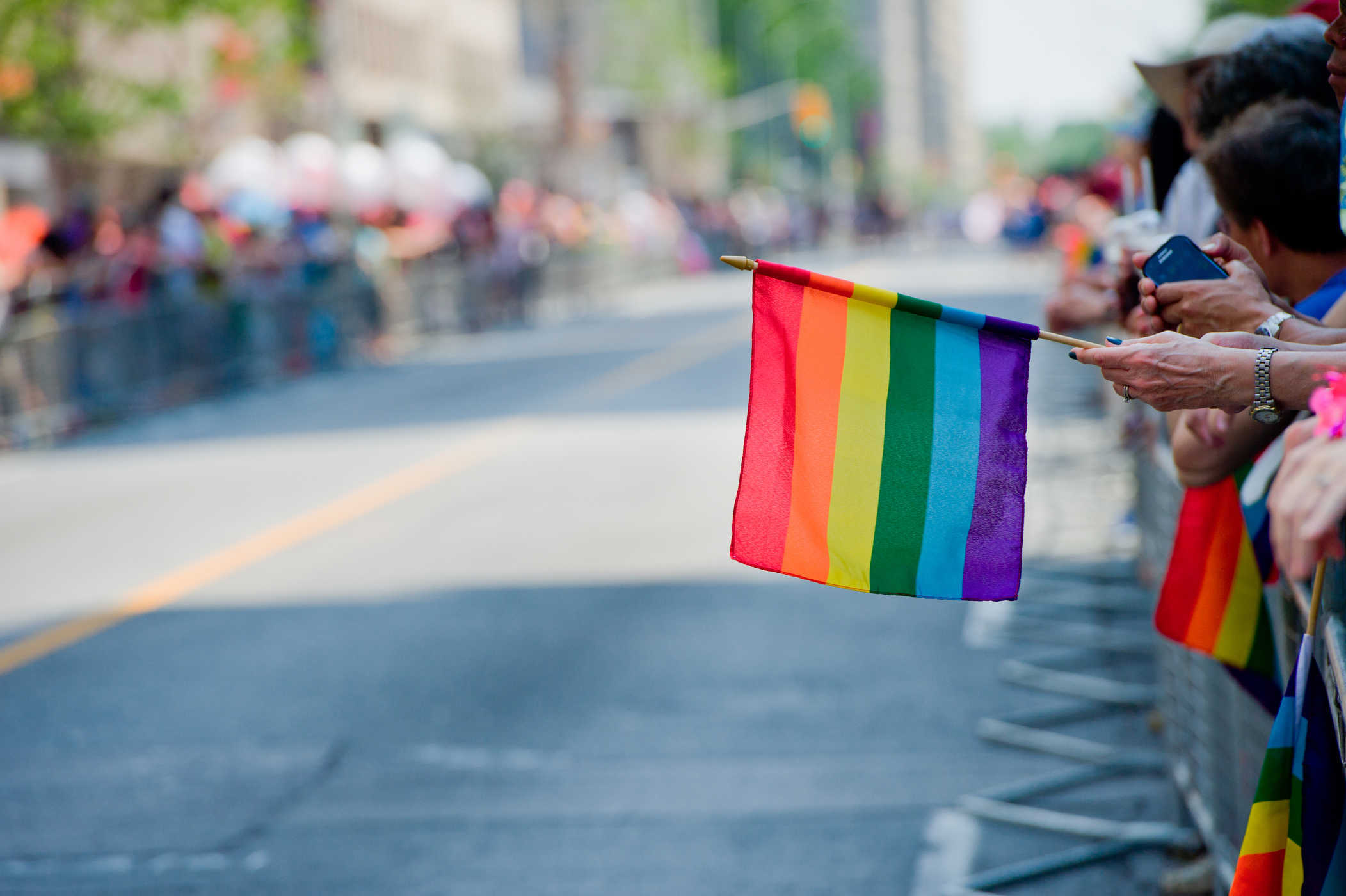Contents:
Medical Video: Sex & Sexuality: Crash Course Sociology #31
The sexual orientation spectrum was first developed by Alfred Kinsey in 1948 to classify experiences or sexual responses from research participants, using a numerical scale that indicated how exclusive or dynamic their sexual orientation was. The zero number, symbolizes true heterosexual, and number 6 represents true homosexuality.
Through this method, Kinsey found that, for the majority of participants, sexual attitudes, thoughts, and feelings toward fellow gender or others were not always consistent at all times. Although the majority of men and women are reported to have exclusive sexual attraction to the opposite sex, aka heterosexuals, only a small proportion of the participants in this study showed similar gender interests. Interestingly, the remaining percentage from Kingsley's research found that many individuals showed that their sexual orientation was between the two ends of the spectrum.
The Kinsey Scale then inspired Fritz Klein to develop this theory more deeply. Unlike the Kinsey scale, Klein investigates the sexual orientation of study participants using the grid to classify past, present, and future ideals of sexual experience.
When compared to other researchers, the two measurements above show similar results. It's just that Klein's grid opens more opportunities for dynamic sexual orientation (aka not always consistent) from participants.
Below we have compiled a list of terms related to the LGBTQ + community, specifically around sexual orientation. The following terms and definitions always evolve and change over time, allowing different meanings for everyone. We provide this list as a starting point for discussion and understanding.
Monosexual orientation
Some people are exclusively attracted to only one sex. The sexual orientation label commonly used by monosexual people, includes:
- Heterosexual: the term used to describe people who are interested in gender as opposed to themselves.
- Gay: is an umbrella term for describing romantic and sexual attraction to fellow gender, both male and female, although the term "gay" is more popularly used as a reference for fellow men.
- Lesbian: the term to describe romantic and sexual attraction between women.
Polisexual orientation
Some people show interest in several genders. The sexual orientation label commonly used by polysexual people includes:
- Bisexual: are people who have an interest in other people who are of the same gender and other gender.
- Pansexual: are people who are interested in other people, regardless of their gender.
- Queer: similar to pansexual, queer can be an identity that identifies itself with multiple gender interests. This can include, but is not limited to, gay, lesbian, bisexual, transgender, intersex, and asexual people. This term has different meanings for different people, but it can also be used as an umbrella term like LGBT, like "community queer“.
Asexual orientation
Asexual is a group of people who generally do not experience sexual attraction and / or desire towards others, regardless of their gender. Generally characterized by the absence of a desire to partner sexually, however, it can still feel romantic feelings towards other people. Asexual is not the same as celibacy (celibacy), which is a voluntary and deliberate choice not to engage in sexual activity.
READ ALSO:
- Use a two-layer unsafe condom, you know!
- What you must understand about venereal disease
- The 10 Most Common Myths About HIV / AIDS












